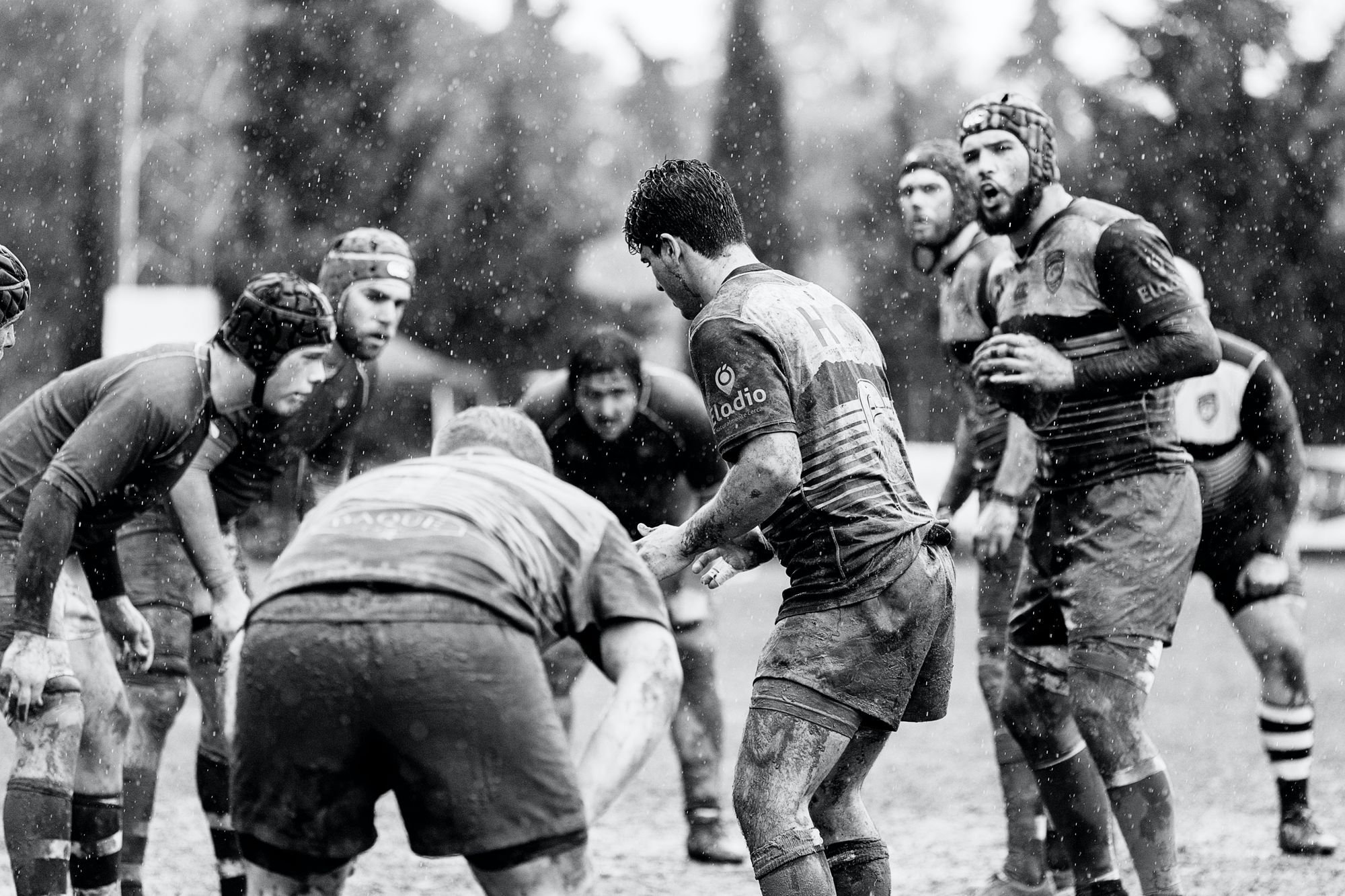Common exercises after sports injuries
A client recently attended my clinic with a problem. They had suffered a hamstring strain playing rugby. This was the second or third time they had a similar injury and they had decided that they wanted to work in the gym properly to ensure the problem was resolved once and for all. They had previous experience with some gym fitness but had not really had instruction on how to do things best after an injury like this. Fortunately for them, I have spent years learning the common exercises, what to do, what not to do, seeing what goes wrong with faulty exercise technique & therefore how to make this a success.
The common exercises I recommended for their situation included squats, lunges and core exercises.

🏅From a previous time I spent with a strength & conditioning coach from NZ Institute of Sport: Performing a specific lunge and squat programme significantly reduces the risk of lower injury in sport.
🗝️Some of my key recommendations (particularly relevant when uninjured and after sports injury) are:
- Technique - take the time to learn the technique that is best for your body (at its current stage and as you progress in your physical conditioning)
- Alignment - watch your alignment for deviations from normal posture. Ensure your load joints are working together for an optimal kinetic chain.
- Listen to your body - monitor for signs that something is wrong (before you become injured again) or as an indication that something needs to be considered or addressed. It's ok to stop if you are unsure what your body is telling you.

😧This client explained to me they previously did a few things wrong with their gym workouts and it didn’t work out too well for them. When performing their exercises, they tried to push through the “normal” workout soreness. The soreness they thought was normal was in fact from a problem with their back. Over time, they became stiffer and stiffer and the stretches they tried didn’t seem to make a lasting impact. Hamstring injuries are commonly linked with lower back and pelvis problems so this was a useful revelation and helpful for the client to understand.
👂We focused on therapeutic exercises which gradually restored normal function, optimal alignment and strength and condition. These exercises helped to restore this client's function using natural movements. As part of the process, we worked on how to perform the regular exercises they were performing in the gym (lunges, squats and core exercises). It was all about using the best technique, focusing on alignment and listening to their body.

😀They haven’t looked back. The last time we spoke, they mentioned that they had returned to their sport (rugby) for the remainder of the season. The hamstring problem has resolved and they are doing really well. Great news all around.
Disclaimer: This article doesn’t reference any one particular client, rather it is an amalgamation of clients to protect their privacy.

